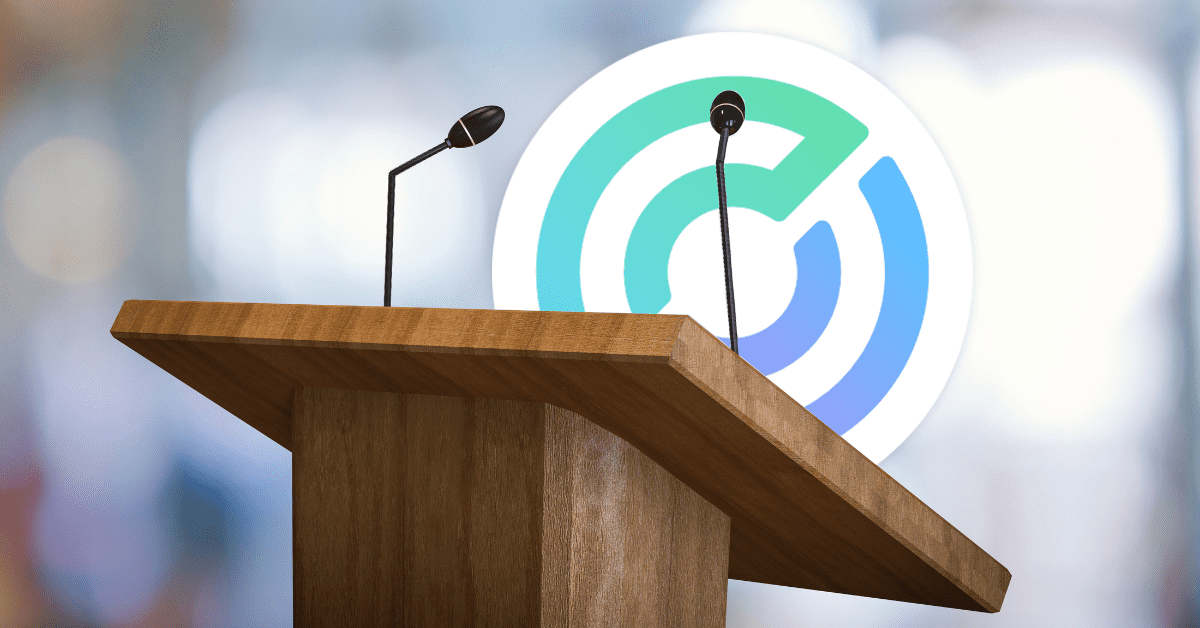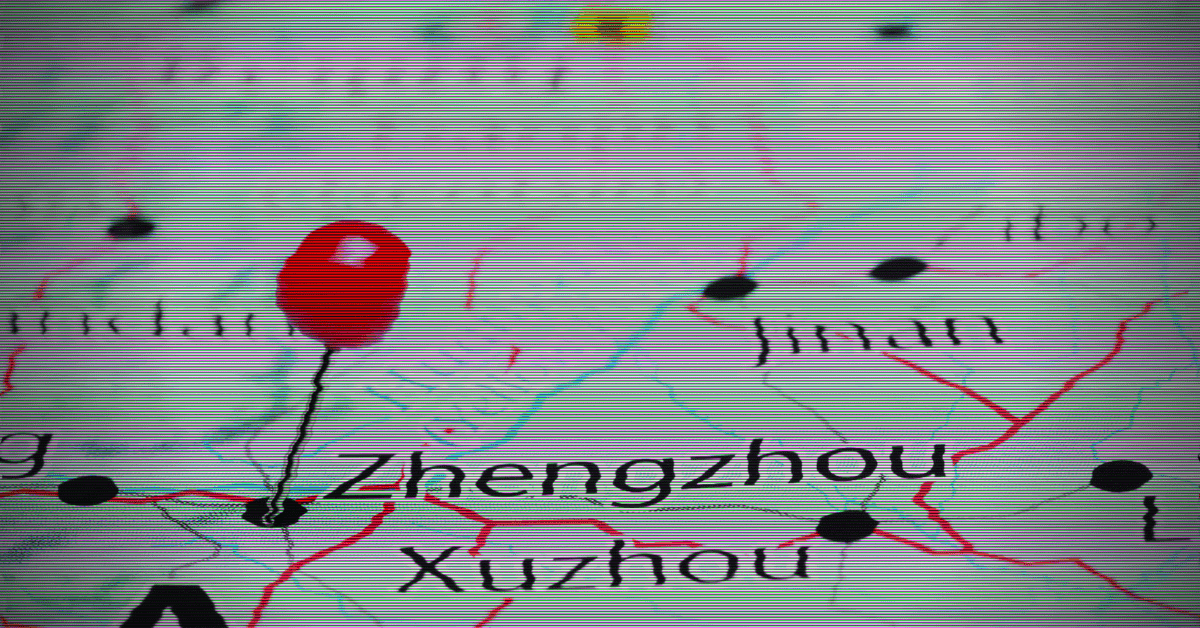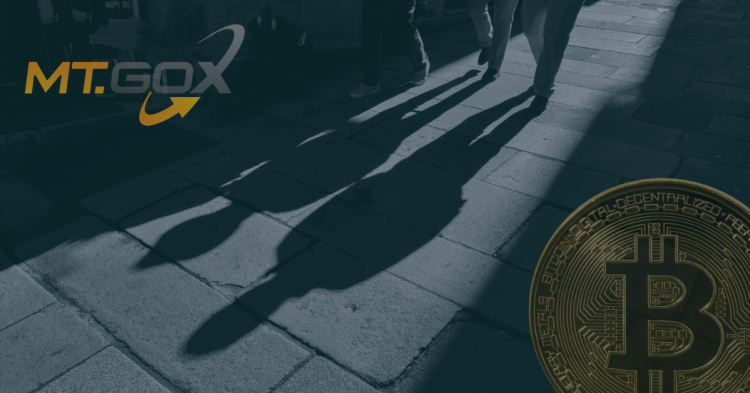In this issue
- Mt. Gox: Better late than never
- Circle: Squaring off
- Chinese banks: Show me the money
From the Editor’s Desk
Dear Reader,
“Many happy returns” may not be quite the first phrase that comes to mind among long-suffering customers of ill-fated Japanese cryptocurrency exchange Mt. Gox with the news that they appear finally to be getting their money back. But the exchange’s victims — who were stripped of their Bitcoin holdings in what at the time was the world’s biggest crypto collapse — may want to count their blessings.
Their Bitcoin is now worth less than half it was just six months ago — never mind only a few months before that, when its value was more than three times its current level — but their return on investment, considering BTC’s price was under US$1,000 before Mt. Gox shut down, is hardly to be sniffed at.
Indeed, Mt. Gox’s customers may prove to be more fortunate than those who have seen their holdings disappear amid the recent market plunge. Spare a thought for people who plowed their savings into the worthless algorithmic stablecoin Terra, and others whose funds were tied up in other recent collapses involving the likes of Celsius, Three Arrows Capital and Voyager.
Even notionally safe bets such as Circle’s USD Coin are not immune from concerns over potential trouble ahead, with lots of FUD over holders seemingly afforded no bankruptcy protection for funds the company has loaned to strategic partner BlackRock. In an exclusive video interview this week on Forkast’s “Word on the Block,” Circle CFO Jeremy Fox-Geen stated that if every customer wanted to redeem USDC for USD, funds are reserved and available.
And meanwhile in China, investors in more traditional finance sector businesses have hit the headlines, protesting and clashing with authorities over the freezing of accounts by four rural banks in Henan Province. Henan’s provincial banking and insurance regulator has hastily put together a repayment plan in an attempt to cool frayed tempers.
The banks’ customers know it’s payback time, and the political imperatives of the Communist Party are likely to ensure that they’ll see their funds returned in some way.
China’s rulers and the way they run things may hold little appeal for many of us, but it’s hard to dispute that their overweening supervision at least includes a measure of protection for bank depositors. In more benignly ruled jurisdictions, there’s little such comfort for investors in large swathes of crypto, so long as the industry remains subject to only inadequate regulation.
Until the next time,
Angie Lau,
Founder and Editor-in-Chief
Forkast
1. Bitcoin bounty casts crypto shadow
 The return of Mt. Gox customers’ funds will be welcome news to them, but possibly less so for other BTC holders.
The return of Mt. Gox customers’ funds will be welcome news to them, but possibly less so for other BTC holders.
By the numbers: Mt. Gox — over 5,000% increase in Google search volume.
Defunct Japanese crypto exchange Mt. Gox is edging closer to repaying the 141,686 Bitcoins held by its bankruptcy trustee, which may add to downward pressure on the price of the world’s biggest cryptocurrency.
- Mt. Gox’s Japanese bankruptcy trustee sent out a letter on July 6 asking Mt. Gox’s creditors to register online and indicate the way in which they would like to receive their repayments. The exact timing and amount of the payments, however, were not specified in the letter.
- The trustee is known to have held 141,686 BTC as of September 2019, according to Bloomberg, an amount worth more than US$2.79 billion at BTC’s current price.
- Mt. Gox’s repayment plan received final approval from the trustee last November, when it was expected to liquidate more than US$8.5 billion of BTC at the prevailing price then.
- BTC’s price briefly topped US$22,000 last Friday, for the first time since June 16, and it traded as low as US$19,300 during Asia’s mid-week trading hours. Mt. Gox’s repayment plan has raised concerns that the liquidation might create headwinds for BTC’s price, slowing down a hoped-for recovery in the crypto market.
- Mt. Gox, based in Tokyo, was the world’s largest Bitcoin exchange when it got hacked, lost half a billion dollars and collapsed in 2014.
- Mark Karpelès, its former chief executive who was jailed after the exchange’s collapse, has since re-entered the industry with UNGOX, a rating platform for crypto exchanges that will grant former Mt. Gox clients free access to its services.
Forkast.Insights | What does it mean?
The final chapter in the Mt. Gox saga is likely to set the scene for how crypto exchanges will behave going forward.
When Mt. Gox was hacked back in 2014, the crypto community collectively chalked up the experience to the pitfalls of being an early adopter. Few, if any, thought the lost funds would ever be recovered.
But now, 141,686 BTC will be distributed to creditors who have waited for more than eight years to get their money back. This is an important story given the current headwinds faced by exchanges and decentralized finance companies.
Crypto exchanges have a patchy record when it comes to compensating users for lost or stolen funds. Some have gone above and beyond, while others, such as Binance, have so far resisted calls for compensation. The Mt. Gox story suggests the industry is moving toward providing better safeguards for users — a development that’s long overdue.
As recent busts and withdrawal freezes have indicated, the crypto industry has fallen short when it comes to building robust protections for its customers. The Mt. Gox saga provides encouraging evidence, however, that with time, exchanges may indeed be able to be held to account, providing a much-needed speck of hope for investors seeking the return of their funds from the likes of Celsius and other collapsed crypto businesses.
2. Circling the wagons
 Circle’s deal with BlackRock has raised concerns, but it appears not to present an obstacle to uptake of USDC.
Circle’s deal with BlackRock has raised concerns, but it appears not to present an obstacle to uptake of USDC.
By the numbers: Circle — 1,650% increase in Google search volume.
USD Coin stablecoin issuer Circle has responded to a wave of allegations made on social media that custodians of its reserves have been artificially inflating USDC’s market capitalization to profit from an alleged 5% custody fee.
- “No, we don’t,” Circle Chief Financial Officer Jeremy Fox-Geen told Forkast Editor-in-Chief Angie Lau in a recent “Word on the Block” video interview. “The concept is absurd, and the writer doesn’t really understand how banks work.”
- The Twitter to whom Fox-Geen was apparently referring had alleged that USDC reserve custodians Signature and Silvergate banks were recycling fiat reserves to mint more stablecoins to exploit the alleged fee. They were supposedly loaning out their newly minted USDC to high-risk borrowers.
- Some of the borrowers named in the social media allegations were said to be at risk of defaulting on loans, as some had filed for bankruptcy or limited users’ withdrawals due to liquidity concerns amid falling cryptocurrency prices. Such a scenario was said potentially to render Circle incapable of honoring clients’ redemption requests.
- “Our customers could redeem all of (their) USDC in one day,” Fox-Geen said. “We could process those redemptions, and the only limits to the time that they would get their U.S. dollars back are the limits in the settlement systems of the fiat currency banking system itself.”
- Like its main rival, U.S dollar-linked Tether, USDC has attracted scrutiny over perceived deficiencies related to audits of its reserves, although Fox-Geen dismissed such concerns.
- “The USDC reserve has been audited annually since launch in 2018 by a leading global accounting firm as part of Circle’s annual financial statement audit,” he said, referring to company filings to the U.S. Securities and Exchange Commission.
- According to Circle’s latest monthly attestation as of May 31, backed by accounting firm Grant Thornton, the 54,0005,995,420 USDC minted is backed by U.S. dollar-denominated assets.
- Circle’s latest weekly reserves breakdown, dated July 8, says the US$55.4 billion worth of USDC in circulation is overcollateralized, with the company holding US$55.5 billion in its reserves, split between US$13.1 billion cash and US$42.5 billion of short-duration U.S. Treasuries.
- “These weekly figures were calculated by Circle Internet Financial, LLC, and have not been verified by any independent third-party auditor (including Grant Thornton),” the company says on its website.
Forkast.Insights | What does it mean?
As stablecoins take on a more prominent role in the crypto sphere, probes involving the security of their custodians will become more common. And rightly so — stablecoins haven’t so far lived up to their name.
Terra collapsed after seven major wallets began exploiting discrepancies in the price of the stablecoin on Ethereum. Tether has spent two months struggling to maintain its 1:1 peg with the U.S. dollar, and a number of other projects continue to battle adverse market conditions.
USDC has eaten into the dominance of Tether and the market share of other stablecoins, thanks to Circle’s alliances with finance sector heavyweights such as BlackRock and BNY Mellon, and its conduct with respect to U.S. regulators. It’s one of the few stablecoins that enjoy recognition as a stored-value asset under U.S. money transmission laws, putting it in the company of established financial services businesses such as PayPal and Stripe. But it’s not beyond reproach.
The controversy over USDC involves a new fund that Circle created with financial partner BlackRock, and the terms the company uses when it comes to its customers’ funds. Circle appears to offer no bankruptcy protection for the funds it has loaned to BlackRock, meaning that customers would foot the bill in the event of an implosion, drawing comparisons with the “London Whale” case that cost J.P. Morgan at least US$6.2 billion a decade ago. Tough questions should be asked of a company expected to earn US$438 million from its reserves this year. Nevertheless, with the stablecoin market in its current dismal state, it appears USDC remains the safest bet in the segment, at least for now.
3. Debt to society
 China’s rural lenders have been plagued with problems, but their customers don’t have the option of investing in crypto as an alternative. Image: Canva
China’s rural lenders have been plagued with problems, but their customers don’t have the option of investing in crypto as an alternative. Image: Canva
More than 1,000 bank account holders have been protesting in the Chinese city of Zhengzhou, the capital of Henan Province, in an attempt to retrieve their savings from several rural lenders that have frozen more than 400,000 bank accounts. The case, which is reportedly one of China’s biggest financial scandals, involves tens of billions of yuan, according to Bloomberg.
- Protesters gathered in front of a branch of the People’s Bank of China in Zhengzhou last Sunday morning, demanding that savings frozen by the banks be returned, with some chanting slogans directed at the Chinese government. The protest was declared illegal by police, and demonstrators were assaulted and dispersed by a group of people not wearing uniforms while police officers failed to intervene.
- In April, the lenders froze withdrawals, citing “system maintenance,” after an investigation was launched of claims that Henan Xincaifu Group Investment Holding, a private investment firm and a shareholder of the lenders, had bribed and colluded with bank employees to illicitly attract public funds through online finance platforms. The main suspect in the case, an individual named Lv Yi (吕奕), is understood to have fled China.
- Chinese authorities this week announced a repayment plan for account holders. According to a statement by local branches of the China Banking and Insurance Regulatory Commission (CBIRC), individuals with deposits of up to 50,000 yuan (US$7,400) will be repaid first, and arrangements made for the deposits of remaining account holders made subject to further notice.
Forkast.Insights | What does it mean?
It takes a lot for people in China to hit the streets in protest, but the Henan bank scandal has struck a nerve with hundreds of thousands of depositors across China who are trying to get their money out.
Xiao Yuanqi, a vice-chairman of the CBIRC, said in June that financial risks associated with small and medium-sized banks were generally controllable, but that “problems still exist.”
Regulators appear to be fully aware of the cross-regional risks to which the activities of such banks may have given rise. In February last year, the CBIRC restricted certain regional lenders from offering online loans to residents outside of their registered jurisdictions.
In Canada in February, when authorities froze the bank accounts of hundreds of truck drivers who blocked roads in protest against Covid measures, Bitcoin gained renewed attention as a means of circumventing such actions. In China, no such alternative exists: The country has banned cryptocurrencies, and those seeking refuge from uncertainties associated with small banks are unlikely to know how to circumvent the rules to get their hands on crypto.
Beijing has long been keen to boost China’s rural economy, in line with its poverty alleviation goals. In 2009, the government announced a three-year plan to set up 1,027 rural banks. China had 1,651 rural banks at the end of last year, according to government data.
Chinese authorities will have to take swift action to address the issues of rural lenders and ensure that repayment plans are enacted effectively, lest public calls for “payback time” spiral out of their control.
Source by forkast.news






























